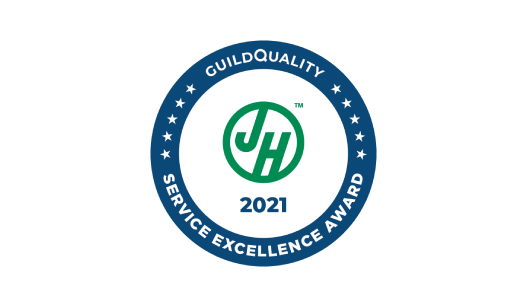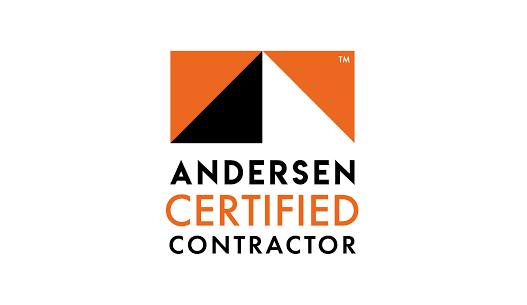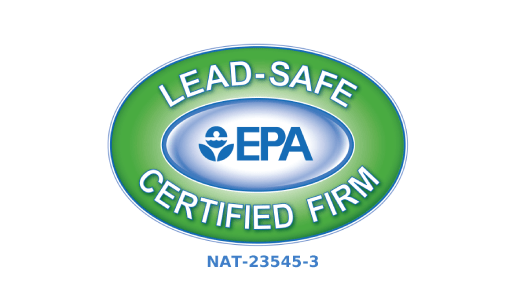Winter can be a rough season for your home, and not just because of the cold. There are also harsh winter storms that your home must contend with. And whether it’s hail, snow, sleet, or freezing rain, it all eventually comes down to the same threat for your home: water damage. Winter is the worst season for developing mold, mildew, or structural integrity issues in your home due to water damage. So, before the worst of the winter hits, here are some steps you can take to protect your home from water damage.
Clean Your Gutters
This winter it is essential to maintain the guttering on your home. If they work properly, they’ll funnel water away from the house, so they can’t do any damage. If they’re clogged, water will start to pool on your roof causing leaks, mold, or rot. In freezing temperatures, water that gathers on the roof can cause an ice dam, in which case the top layers of the dam are frozen while the bottom layers are still wet. The water underneath the ice dam can leak through the roof and into the insulation or structure of the home.
When you clear out your gutters, make sure there are no leaks that will keep the water from running its course off the roof. If you notice any cracks, have them sealed right away or call a roofing expert to repair the gutters before the worst of the weather hits.
Have Your Roof Inspected
Your roof is, of course, massively important when it comes to protecting your home from water damage, so have it inspected or repaired as soon as you can. Check for leaks, soft spots, or damaged shingles. Make sure that the roof’s vent is still running, as this will keep the attic dry and prevent mold. If you’re doing a self-inspection, use caution and only inspect the roof when it’s completely dry. It’s better still to hire a roofing inspector to do the job as he can notice things you might miss.
Check Your Water Supply Lines
Winter precipitation isn’t the only thing that could cause water damage to your home this winter. Busted pipes are also a huge problem when temperatures start to drop below freezing. You can prevent pipes from bursting by checking your water supply line regularly. Check for leaks coming from things like the hot water heater, washer, and other appliances. Check unheated parts of the home where the water supply line might travel, such as the garage. If your pipes seem to be in bad shape, you’ll want to have that repaired before freezing weather hits, or as soon as possible. You should also make sure your water pipes are insulated, to keep from freezing.
Waterproof Your Windows
Perhaps not as obvious as your roof but just as essential are your windows when it comes to protecting your home from water damage. Ensure that the sealant is in good shape and there are no cracks or obvious wear and tear to the window frames. Old windows with poor insulation can also be a problem, even when there’s no exterior precipitation.
When freezing temperatures hit, these windows can leak cold air into the home, where the heated interior temperatures cause condensation to form on the glass. If ignored, this window condensation can cause water damage to the window frame or the nearby walls. Mold often follows window condensation, so it’s better to avoid this altogether with up-to-date energy efficient replacement windows. Energy efficient windows come with argon gas fillings to slow the flow of cold air so that it doesn’t leak into the house. Not only will it solve your window condensation problem, it will also stop winter drafts and lower the cost of your HVAC bill.
After thoroughly inspecting your home, you find that you’re in need of replacement windows, Johnson County Siding & Window Co. is the company to call. We have 40+ years of experience providing quality exterior remodeling services to Kansas City. Our replacement windows are energy efficient, thoroughly insulated, and expertly installed. Contact us today for a free quote on replacement windows. We’d love to help you solve your window problems!








































